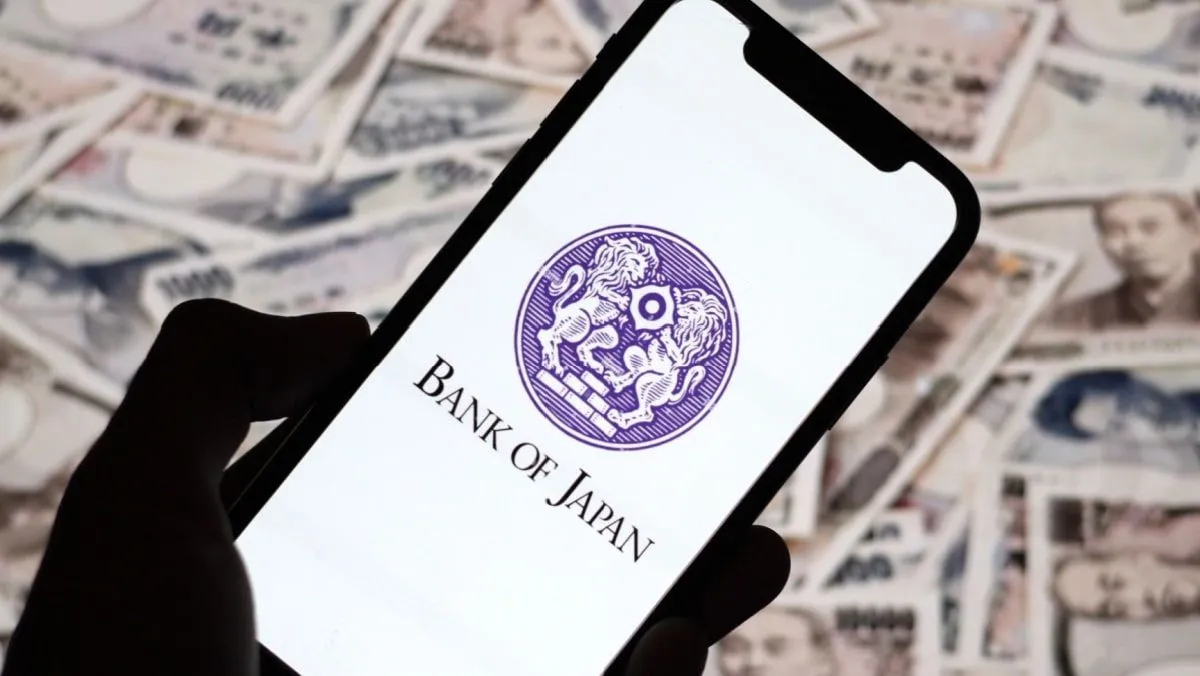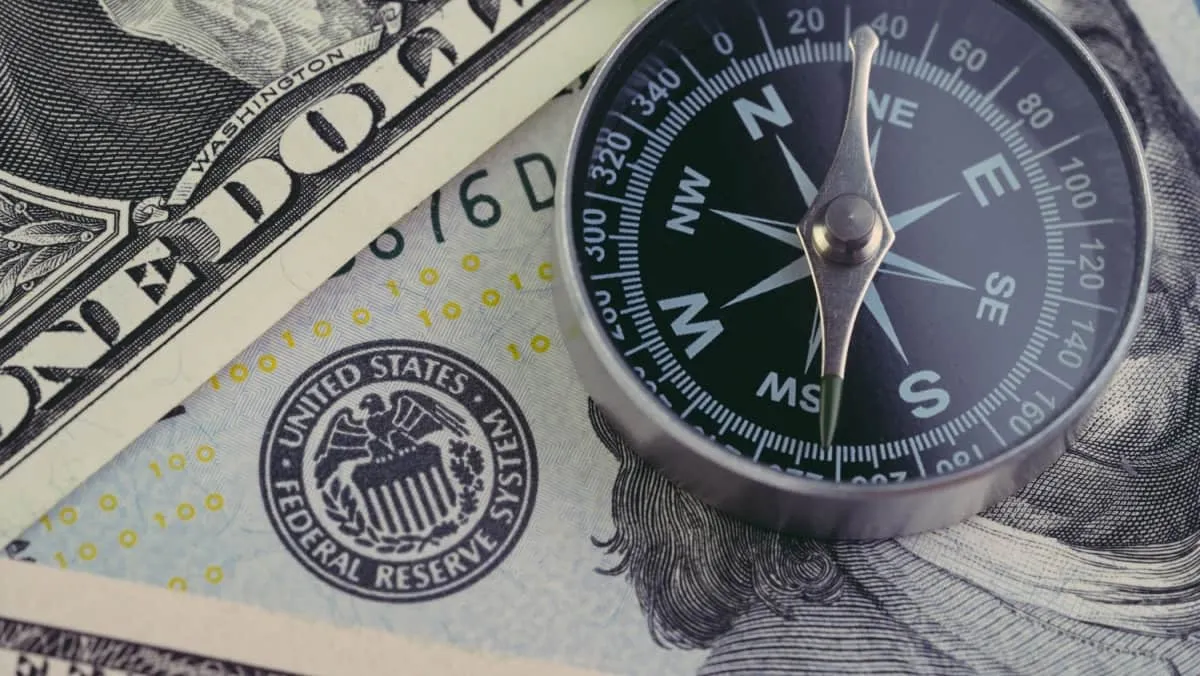
Friday Jul 26 2024 13:30

7 min
1. Japanese yen heads for largest weekly gain since late April
2. Rally in Japanese yen follows suspected currency interventions by Tokyo
3. Markets zero in on PCE data ahead of next week’s Fed meeting
4. Bank of Japan may raise interest rates next week, yen surge may allow Tokyo to take its time
5. Dollar index steady in Friday trade, Aussie and kiwi down 2% for the week

The Japanese yen headed for its largest weekly gain since late April on Friday, as traders unwound long-held positions against the currency ahead of a key U.S. inflation data reading that helped clarify where Federal Reserve (Fed) interest rates might head.
This month, the Japanese yen has surged in the currency markets, reaching a near three-month high of 151.945 per dollar on Thursday after beginning the month at a 38-year low of 161.96.
On Friday, the yen lost some ground as the dollar rose 0.47% to 154.655, but later made up its losses to trade around the 153.96 mark. As the time of writing, JPY remained on track for a 2.3% weekly gain, its biggest since late April, driven by a global stock sell-off pushing investors toward safe havens — including the Japanese yen.
Сalculate your hypothetical P/L (aggregated cost and charges) if you had opened a trade today.
Market

Instrument


Account Type
Direction
Quantity
Amount must be equal or higher than
Amount should be less than
Amount should be a multiple of the minimum lots increment
USD
EUR
GBP
CAD
AUD
CHF
ZAR
MXN
JPY
Value
Commission
Spread
Leverage
Conversion Fee
Required Margin
Overnight Swaps
Past performance is not a reliable indicator of future results.
All positions on instruments denominated in a currency that is different from your account currency, will be subject to a conversion fee at the position exit as well.
The rally in the Japanese yen followed suspected interventions by Tokyo in early July, which caught traders off guard and led to the unwinding of profitable carry trades, where traders borrow yen at low rates to invest in higher-return dollar-priced assets.
James Athey, fixed income portfolio manager at Marlborough Investment Management commented on the recent dynamics in the Japanese yen to the Reuters news agency:
"I think the speed of the yen rally means we are probably due some consolidation pretty soon. But ultimately with the shine coming off risk assets and data and Fedspeak suggesting cuts are coming, I still feel the yen has further to appreciate”.
The Swiss franc, another carry-trade funding currency, has also benefited, pushing the dollar down by 0.9% this week to its strongest in over four months. It was last 0.2% weaker at 0.8837 francs.
Investor attention on Friday focused on U.S. personal consumption expenditure (PCE) data, the Fed's favored inflation measure, which came in up 0.1% on the month, largely in line with market expectations.
The PCE reading over the past 12 months decreased slightly to 2.5% from 2.6%, helping open the way towards an interest rate cut in September.
Federal Reserve officials use the PCE measure as their main baseline to gauge inflation, which continues to run above the central bank’s 2% long-range target.
The closely watched core inflation rate, which excludes food and energy, increased by 0.2%, which was also in line with investor expectations. The core index, considered by the Fed and Wall Street to be a better predictor of future inflation, remained steady at 2.6% over the past year.
The Fed meets next week and is expected to hold borrowing costs steady, though markets are fully pricing in a rate cut for September, with traders anticipating 66 basis points of monetary easing this year.

The Bank of Japan may raise rates next week, with a 64% chance of a 10-basis-point hike priced in. The Japanese yen's recent surge, however, may allow the central bank to take its time.
Some analysts, including BofA currency strategist Kamal Sharma, suggest that persistent cash outflows from Japanese markets are also a significant factor. In a recent comment to Reuters, Sharma said:
"What you're seeing is Japanese investors and foreign investors leaving the Japanese market and investing in global tech, predominantly. So unless whatever the BoJ does persuades (investors) to come back into the Japanese asset market, it's very hard to make the case that the yen is in the midst of a turning point for now”.

The dollar index (DXY), which measures the strength of the U.S. currency against six others, was steady at 104.35. The euro edged up 0.16% to $1.0863.
The dollar stabilized after Thursday's data showed the U.S. economy grew faster than expected and inflation slowed in the second quarter.
Kristina Clifton, a senior economist at Commonwealth Bank of Australia, told Reuters:
"The U.S. economy has not run out of steam just yet, despite having restrictive interest rates for quite some time. We expect that the FOMC will require a long string of lower inflation readings before easing interest rates.”
Clifton expectes the first interest rate cut in the U.S. to come in November.
Sterling rose 0.13% to $1.2867, below the one-year high of $1.3044 hit last week, with a 50% chance of a Bank of England rate cut next week and markets pricing in 51 basis points of cuts this year.
Risk sentiment has weighed heavily on the Australian and New Zealand dollars, with both currencies down nearly 2% for the week. On Friday, the Aussie gained 0.31% to $0.6558, while the kiwi rose 0.1% to $0.5892.
When considering shares, indices, forex (foreign exchange) and commodities for trading and price predictions, remember that trading CFDs involves a significant degree of risk and could result in capital loss.
Past performance is not indicative of any future results. This information is provided for informative purposes only and should not be construed to be investment advice.
Asset List
View Full ListLatest
View all
Thursday, 19 December 2024

3 min

Wednesday, 18 December 2024

3 min

Wednesday, 18 December 2024

4 min
